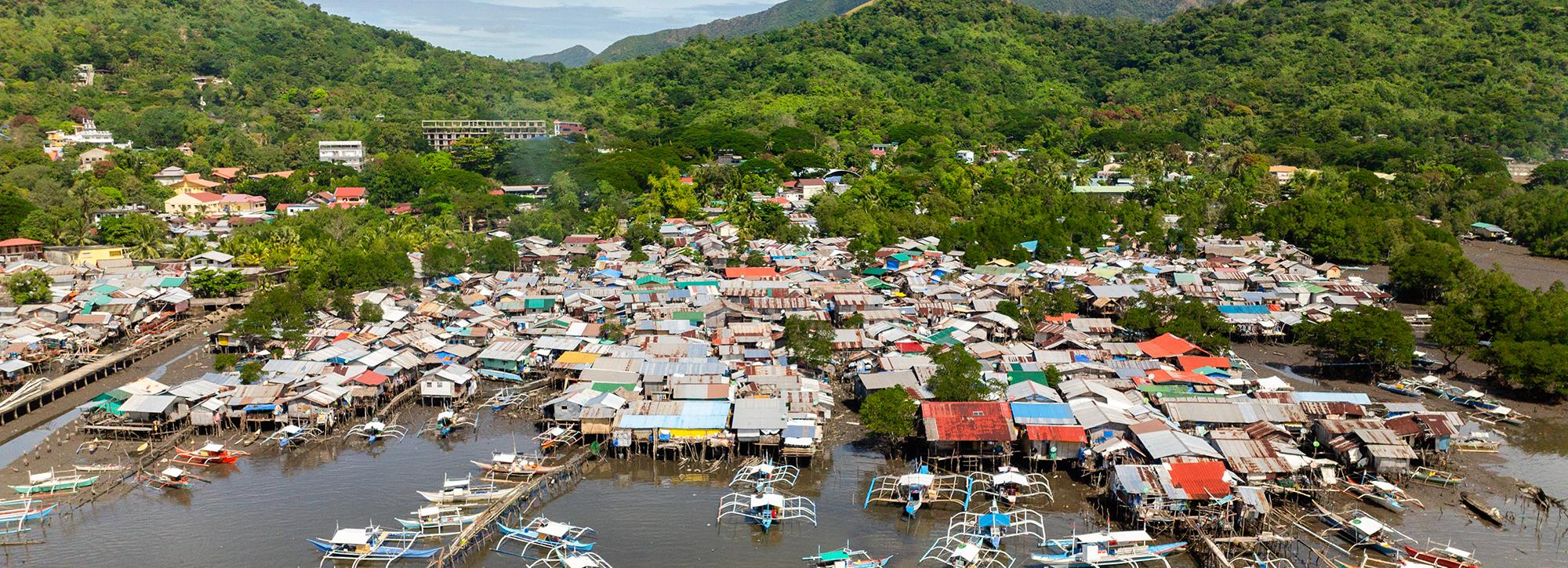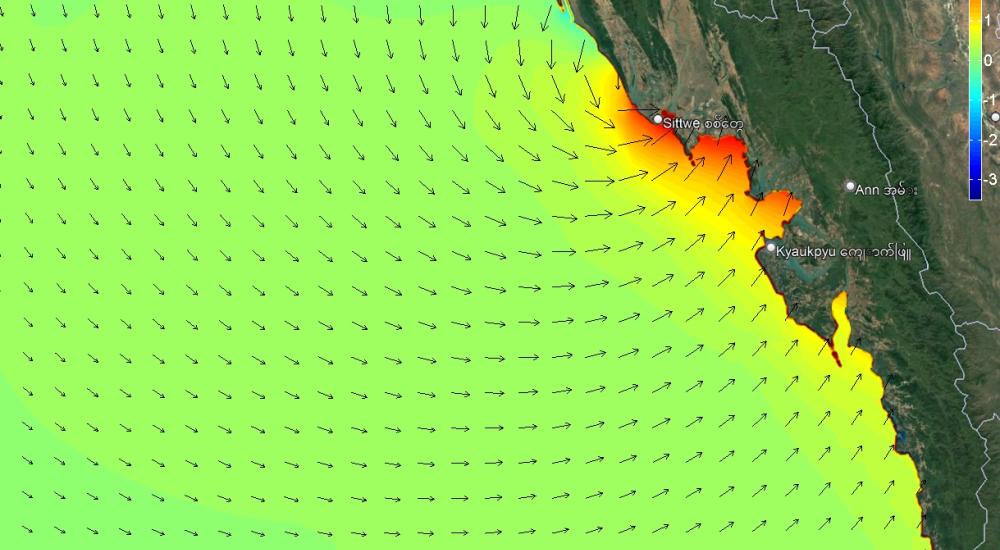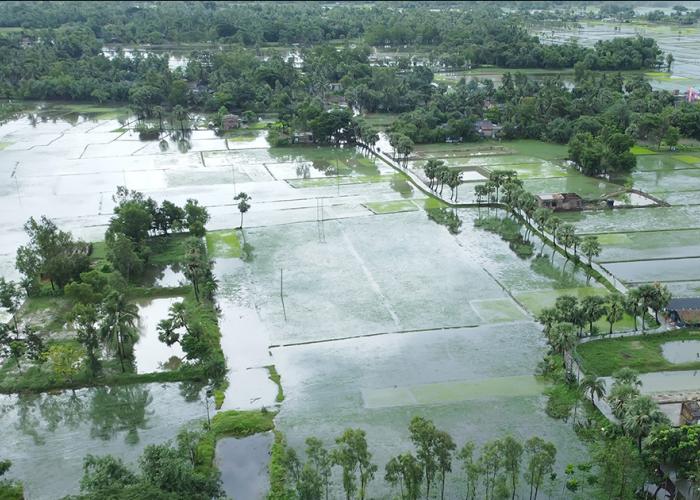
Flood early warning system to support tropical cyclone relief
We have helped to provide advance warning of potential flooding ahead of 14 tropical cyclones between 2020 and 2025. We supplied information rapidly to the UK Foreign, Commonwealth & Development Office and aid agencies, so they had time to plan and coordinate the distribution of humanitarian relief.
Tropical cyclones, which cause water levels to rise on the coast, have caused some of the most devastating flooding in history. However, if aid agencies receive advance warning of flooding, they have time to prepare and allocate funding for the impending crisis before the cyclones hits.
As part of a consortium, we developed a system for the UK Foreign, Commonwealth & Development Office (UK FCDO) that could analyse data rapidly to forecast flooding in coastal areas. Our outputs were combined with those of our partners to compile a tailor-made bulletin to advise on likely flooding areas and the populations and infrastructure that would probably be affected. The bulletin was circulated to governments, local meteorological organisations and humanitarian decision-makers.
Between May 2020 and February 2025, we created bulletins covering cyclones in Bangladesh, Myanmar, Mozambique, Madagascar, Philippines, Pakistan, Central America and the Caribbean.

Our surge modelling tool
At HR Wallingford, we developed a surge model that was able to show how much water levels would rise along coastlines in response to a cyclone and when they would reach the point that they would cause widespread flooding on the coast. We developed this system of tropical cyclone surge forecasting by using established methodologies and building on our earlier work in Bangladesh.
Once alerted to an impending cyclone on the FCDO watchlist, we took forecasts of tropical cyclones from meteorological agencies and combined them with the established open-source hydrodynamic computational modelling tool TELEMAC. We also added our own methodology to the TELEMAC tool and set it up to automatically analyse data.
A collaborative effort
Our predictions of coastal flooding surge were combined with forecast flooding from rainfall and rivers by the partner universities of Reading and Bristol and the Red Cross Red Crescent Climate Centre. Fathom then used these flood maps to work out how the flooding would impact on populations and infrastructure. The ECWMF provided meteorological insights and DAI were the project managers. Funding was provided by the UK FCDO.
Want to know more?
Contact our project lead


